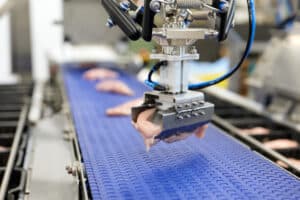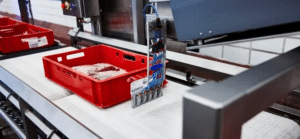Fish trimming, an artful process that turns raw fish fillets into market-ready products, has evolved significantly over the past decades. In a global seafood industry valued at around $254.2 billion annually, the efficiency and precision of fish processing are not just crucial; they are the backbone of profitability and quality assurance.
The trimming process, which involves meticulously removing imperfections and ensuring the fillet’s pristine appearance, balances traditional methods with modern advancements, with manual trimming lines playing a central role in today’s processing facilities.
Traditionally, fish trimming was a purely manual task. Workers stood at trimming tables, meticulously removing fins, fatty tissue, and other remnants from the fillet’s edges.

This labor-intensive work required a keen eye and deft hands, ensuring that every fillet leaving the line was uniform and ready for the market. However, as demand for seafood grew, the limitations of this manual approach became evident. Speed, consistency, and safety were challenging to maintain, particularly in large-scale operations.
The early 2000s marked a turning point when first companies from Europe introduced automated trimming machines. These devices, equipped with cameras and precision blades, promised to revolutionize the industry. They scanned each fillet, calculating the exact cuts needed to remove unwanted parts while preserving as much usable product as possible.
While these trimming machines were initially designed to complement existing processes, their efficiency and ability to handle rough fish processing with minimal human intervention have kept them highly valuable in the industry. Within 10 to 15 years, companies integrated trimming into filleting machines, streamlining the process even further. This meant that fish could be filleted and trimmed in a single pass, increasing efficiency and reducing the need for additional manual intervention.
However, despite the advancements in automation, certain aspects of fish trimming remain beyond the reach of machines. This is where manual trimming lines come back into play, particularly in the specialized task of segmenting fillets into specific parts.
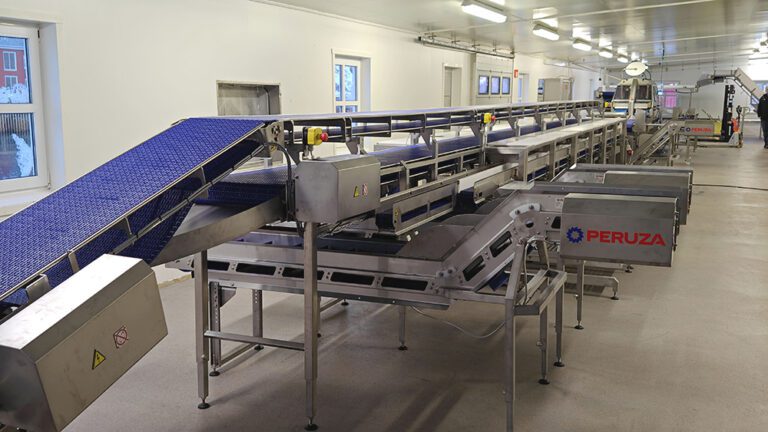
The back fillet, or loins, is the most valuable; the tail, belly, and trim (the remnants) all require careful separation, which can only be achieved through skilled manual labor. No machine, regardless of its sophistication, can replicate the precision and decision-making required to produce these cuts consistently.
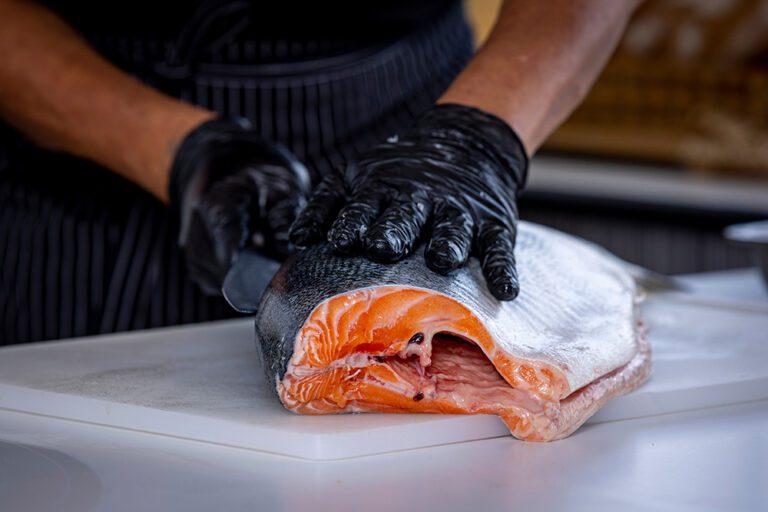
Modern manual trimming lines, far from being relics of the past, have embraced technology to enhance their efficiency and safety. Today’s trimming lines are equipped with multiple conveyors and specialized workstations where trained operatives cut fillets into their constituent parts. The setup of these lines can vary significantly, with some designed for just two workers and others accommodating up to 12 or more.
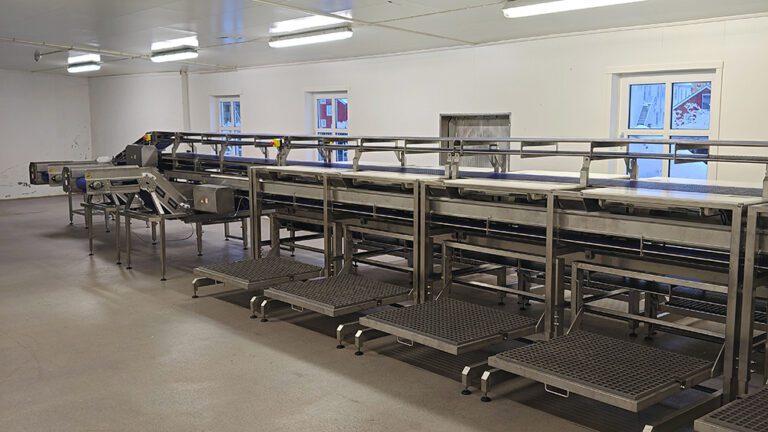
The positioning of workers -whether on one side or both sides of the line – can be tailored to the specific needs of a processing plant, allowing for flexibility in operations.
Intelligent trimming lines take this a step further by integrating software that tracks and analyzes the trimming process in real-time. This technology weighs the incoming fillets, records data on trimming efficiency, and generates detailed reports.
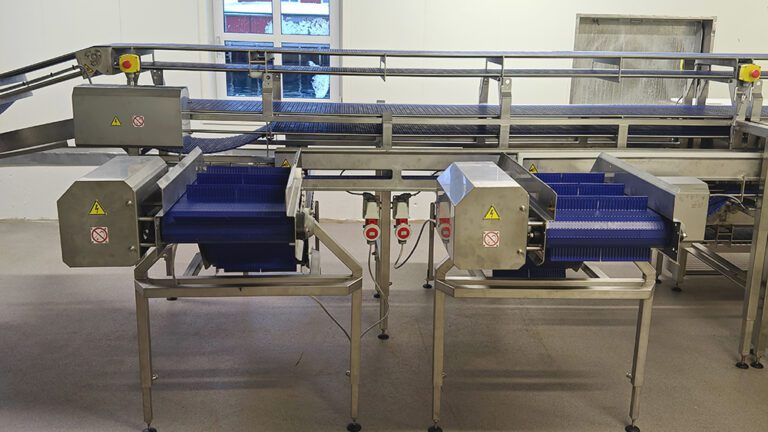
Supervisors can use this data to monitor individual workers’ performance, identify areas where waste is higher than expected, and make adjustments to improve overall productivity. In an industry where every gram of fish counts, this level of insight is invaluable.
Moreover, the workstations on these lines have been designed with safety and quality in mind. Modern trimming tables often feature powerful lighting beneath the surface, allowing workers to inspect fillets for parasites and other imperfections that might otherwise go unnoticed.
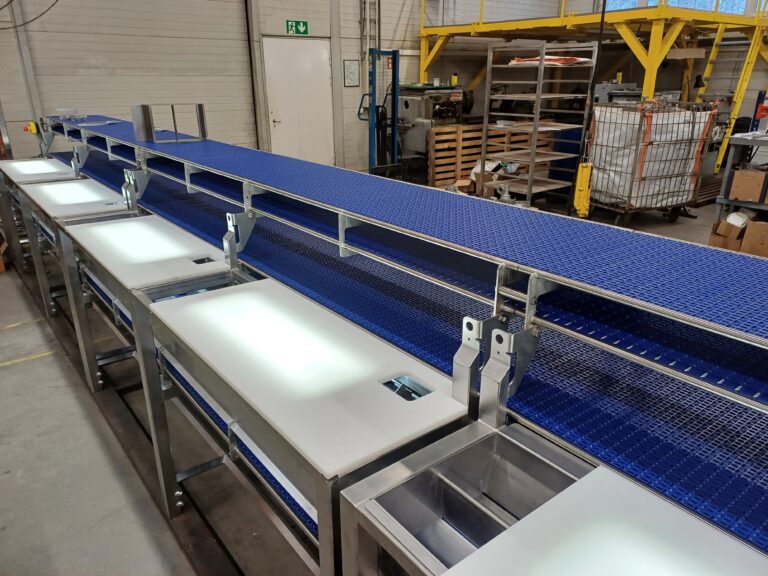
This not only ensures that only the highest quality product reaches consumers but also protects the reputation of the processing plant and the broader industry.
In conclusion, the fish trimming process, while deeply rooted in tradition, has evolved into a sophisticated blend of manual skill and technological innovation. Manual trimming lines, especially the intelligent variants, have proven indispensable in maintaining the quality and efficiency of fish processing in an increasingly demanding market. As we look to the future, while automation will continue to play a role, the expertise of skilled workers on the trimming line remains irreplaceable.
Photos source: Normar Trading AS



